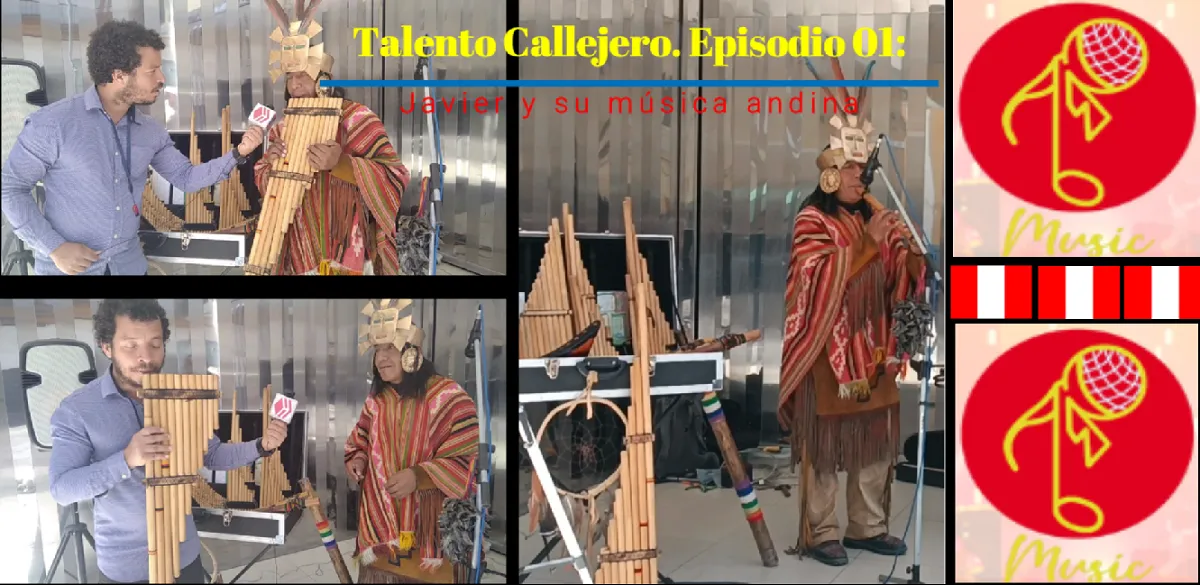ESPAÑOL
Un fuerte abrazo a la comunidad de MUSIC y a todos los amantes de la música de nuestra blockchain y del mundo entero. Me encuentro estrenando una nueva sección, denominada “Talento Callejero” , decidí colocarle ese nombre para hacer referencia a esos maestros de la música que desde la calle nos atraen con sus espectaculares presentaciones.
ENGLISH
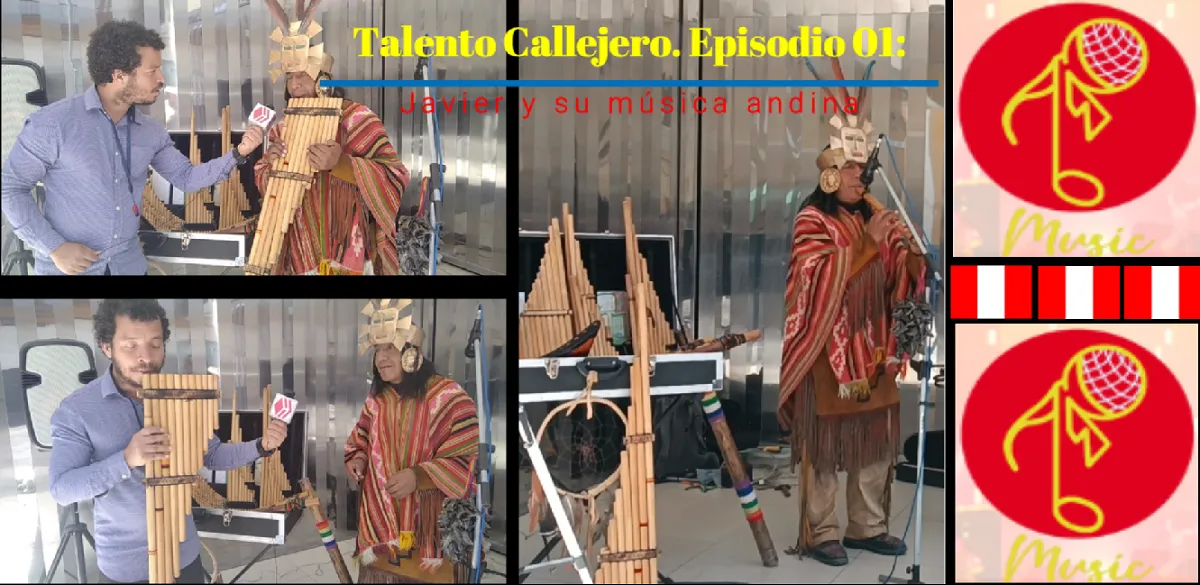
Quena, Quenacho….¿es lo mismo?
Bien dice el dicho que cada día se aprende algo nuevo. De verdad no sabía de la diferencia entre estos dos términos hasta que interactúe con Javier. Él nos explica que la quena tiende a ser más pequeña, como la que se muestra a continuación:
And this installment is dedicated to Master Javier, Peruvian musician specialized in wind instruments, especially those related to the Andean culture. Javier, apart from delighting us with his musical presentation, tells us a little about each of the instruments he uses in his performance. So enjoy this photographic tour, and of course the audiovisual resource that heads this publication.
Quena, Quenacho....is it the same?
As the saying goes, you learn something new every day. I really didn't know the difference between these two terms until I interacted with Javier. He explains that the quena tends to be smaller, like the one shown below:
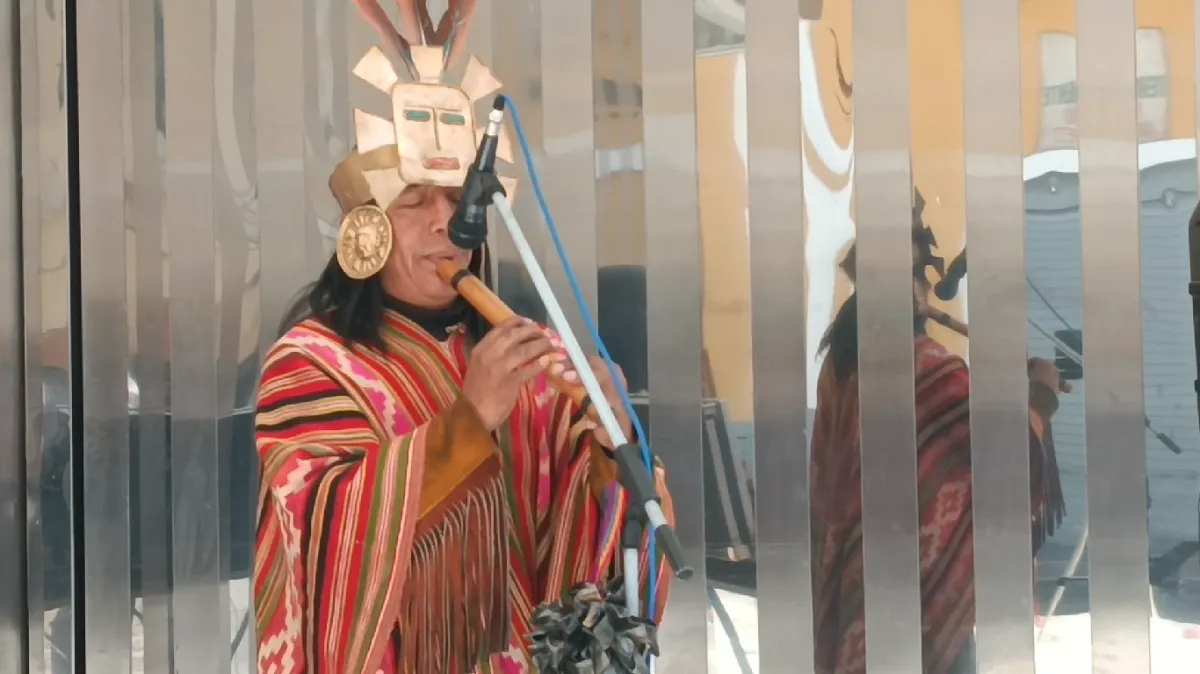
On the other hand, the Quenacho tends to be more elongated and with a deeper sound. Both the Quena and the Quenacho have in common that they can come in different tonalities, noting that this variety of instruments does not have a chromatic presentation, and this is an important difference with the recorder. In the image below, Maestro Javier shows us the Quenacho.
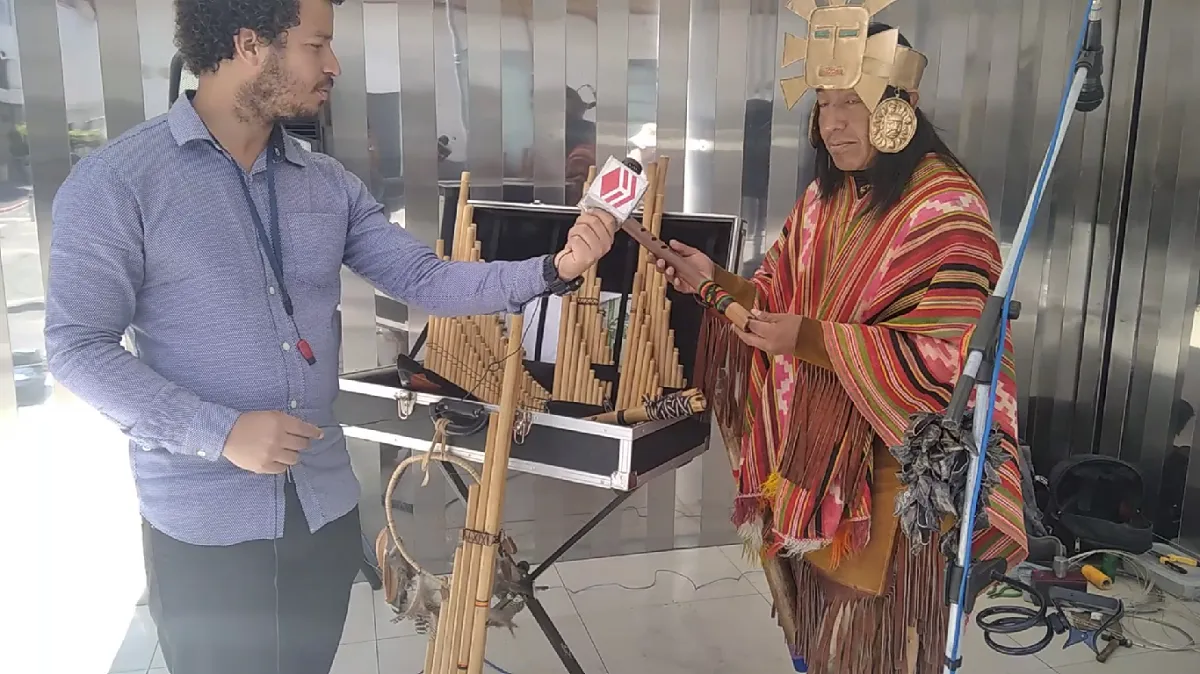
Now it is the turn of the Zampoña, an instrument that I have known here in Peru and from which I have interpreted some songs for the community, here is one of them:
Although I had read a little about the variety of these instruments, I had never had a master class on the subject, and maestro Javier took care of this in order to bring you all this knowledge. Just as in the Recorder family, we have the Tenor, Contra Alto, Soprano, (I leave you the link to this publication where I address this issue: @eliaschess333/plulsstk) in the world of these Bamboo instruments we also have varieties, then I present the "SEMI - TOYO".
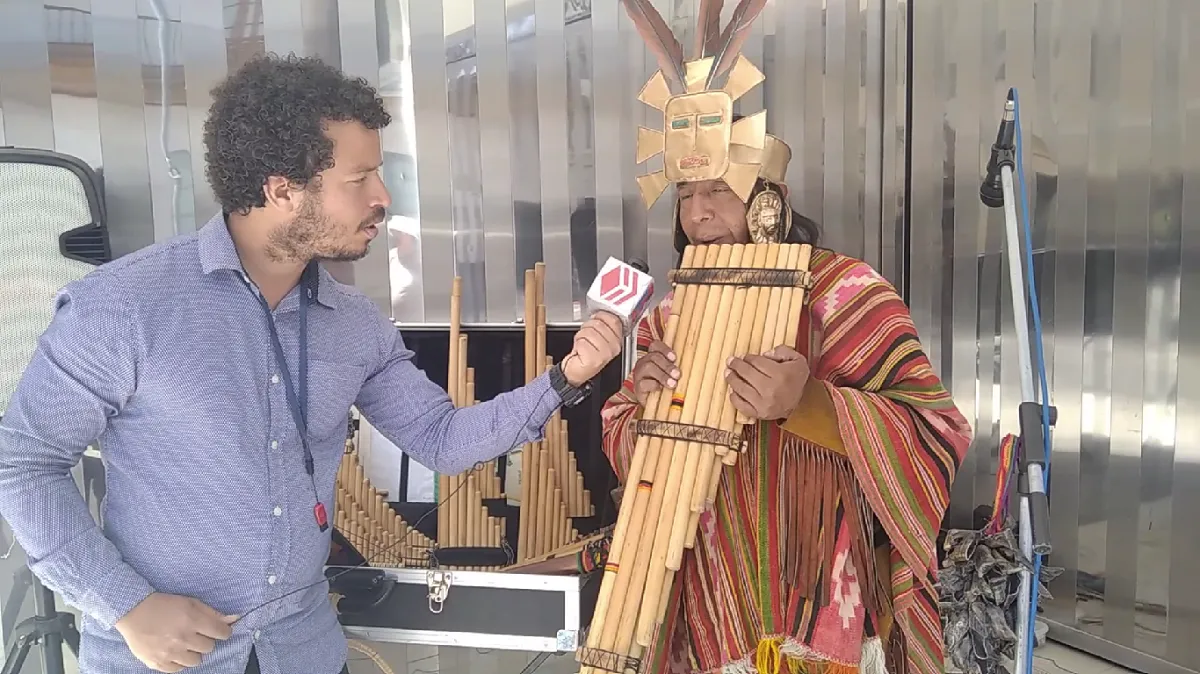
The sound emitted by this instrument is quite low, and its execution requires a lot of diaphragm due to the great length of the tubes that provide the bass notes. Javier tells us that of this variety we have a larger one which would be the "TOYO". And moving away from the bass sounds we have the "BASTO".
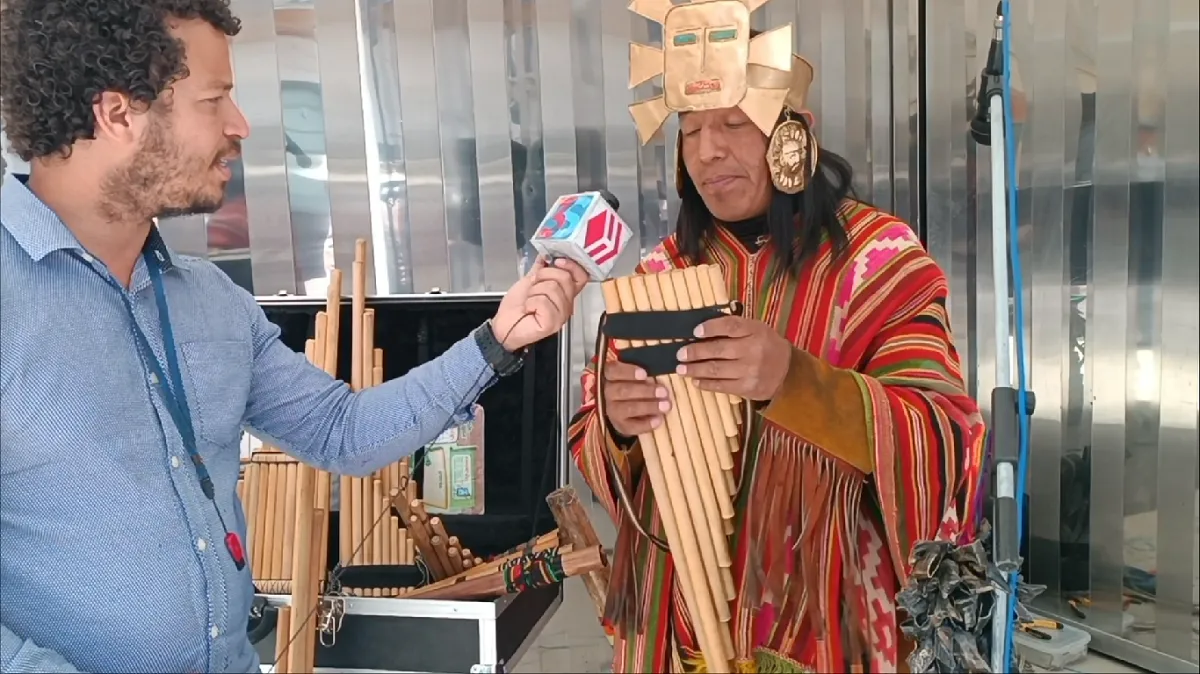
Making an analogy with the family of recorders, this instrument is like the Contra-Alto, as you can see the length of the tubes is not so long compared to the SEMI-TOYO. Finally we come to the ZAMPOÑA, here the maestro Javier presents us his chromatic ZAMPOÑA, that is to say, it has all the tonalities.
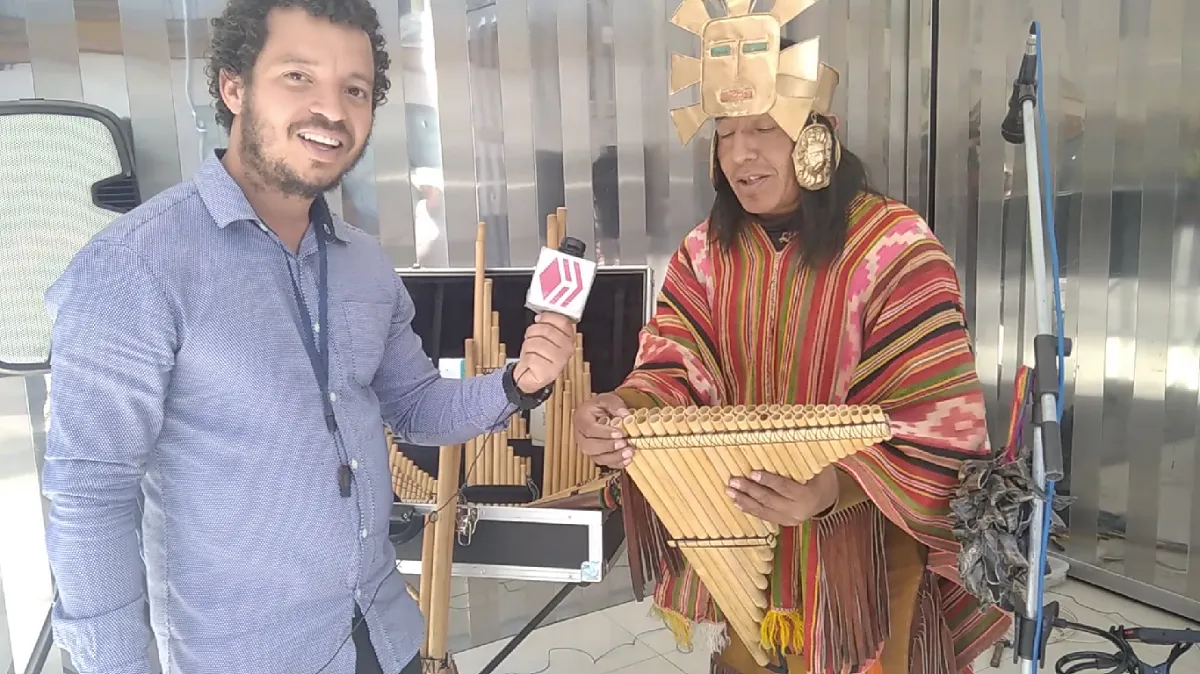
¿Y qué te ha parecido esta gama de instrumentos de viento?
Permíteme saber tu opinión en la sección de comentarios, no dejes de mirar el recurso audiovisual del comienzo. Complacido de presentar esta sección para la comunidad de MUSIC, “Talento Callejero” una ventana para el talento musical de nuestras calles que con sus presentaciones nos irradian alegría. Hasta una próxima oportunidad. Escribió para ustedes:
Javier tells us that he finds it more practical the zampoñas that come by key, like the one I showed you in the previous video which is tuned in G major, that is to say, the F is sharp. If we have a song that is in A major, I simply could not play it. Let's say that with the chromatic panpipes this problem would be solved, I hope to have one of these in my hands soon, to start practicing.
And what did you think of this range of wind instruments?
Let me know your opinion in the comments section, be sure to watch the audiovisual resource at the beginning. Pleased to present this section for the MUSIC community, " Street Talent" a window for the musical talent of our streets that with their presentations radiate joy. Until next time. Written for you:
@eliaschess333
Créditos
@normacanaza, asistente en la grabación del video y toma de fotografías
Javier, músico especializado en instrumentos de viento que representan la Cultura Andina
El logo de la bandera de Perú es de uso libre, extraído del portal de Pixabay: https://pixabay.com/es/vectors/per%c3%ba-bandera-bandera-nacional-162390/
El logo de MUSIC es cortesía de la comunidad
El video fue editado con Filmora 11
Javier, músico especializado en instrumentos de viento que representan la Cultura Andina
The translator used is DeepL
Credits
@normacanaza, assistant in the recording of the video and taking of photographs.
Javier, musician specialized in wind instruments representing the Andean Culture.
The logo of the flag of Peru is free to use, extracted from the Pixabay portal: https://pixabay.com/es/vectors/per%c3%ba-bandera-bandera-nacional-162390/
The MUSIC logo is courtesy of the community.
The video was edited with Filmora 11
Javier, musician specialized in wind instruments that represent the Andean Culture.
The translation into English was done with the DEEPL TRANSLATOR tool: https://www.deepl.com/es/translator
▶️ 3Speak
